25 Fun and Interesting Facts About Plovdiv, Bulgaria
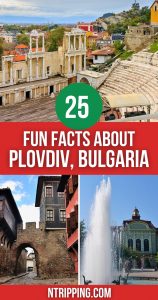
With its rich history and vibrant culture, Plovdiv is a true gem waiting to be explored.
Before you head there, you should know a few things about the second-largest Bulgarian city.
For your convenience, I’ve compiled these 25 fun and interesting facts about Plovdiv.
From amazing historic trivia to unbelievable achievements and attractions, here’s everything you need to know about the gorgeous Bulgarian city.
Ready to uncover Plovdiv’s many faces?
Let’s explore!
Disclaimer: This post contains affiliate links. If you purchase something through one of them, I may receive a small commission at no extra cost to you. Thank you for helping me create free content on this website!
Interesting Historic Facts About Plovdiv, Bulgaria
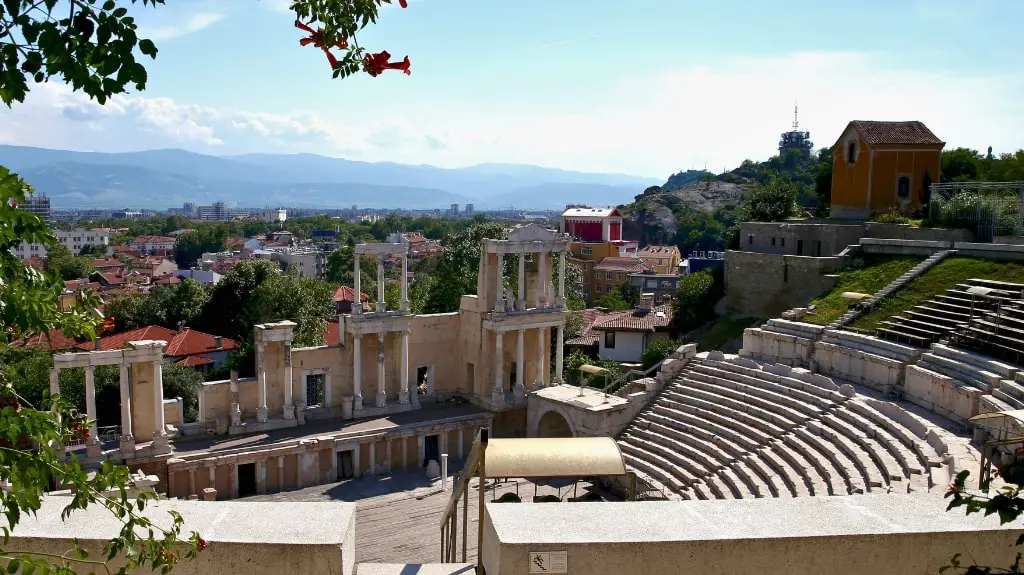
Throughout its turbulent history, Plovdiv kept its spirit and importance. Nowadays, you can witness the clues of the city’s greatness everywhere. Let’s discover the most interesting facts about Plovdiv’s past in this section.
- With over 8,000 years of history, Plovdiv reigns as Europe’s oldest continuously inhabited settlement. The ancient Bulgarian city will enchant you with countless layers of history. From Roman ruins to vibrant National Revival Houses, Plovdiv showcases the legacy of several European civilizations. This is one of the most surprising facts about Plovdiv.
- Plovdiv’s Old Town is a living museum. The Ancient Town of Plovdiv is on the UNESCO World Heritage tentative list. With its cobblestone streets and beautifully preserved Bulgarian National Revival houses from the 18th and 19th centuries, the Old Town will enchant you with stories about Plovdiv’s architectural and cultural past. Peculiar museums and incredible art galleries, as well as Roman ruins and cute little gift shops contribute to the Old Town’s charm as well.
- The Ancient Theatre of Plovdiv is a testament to the city’s rich heritage. Dating back to Roman times, this well-preserved theater continues to host performances. Located in the Old Town, the Ancient Theatre of Plovdiv was founded in the 1st century AD. It can host between 5,000 and 7,000 spectators and reveals magnificent views of Plovdiv and the Rhodope Mountains in the distance.
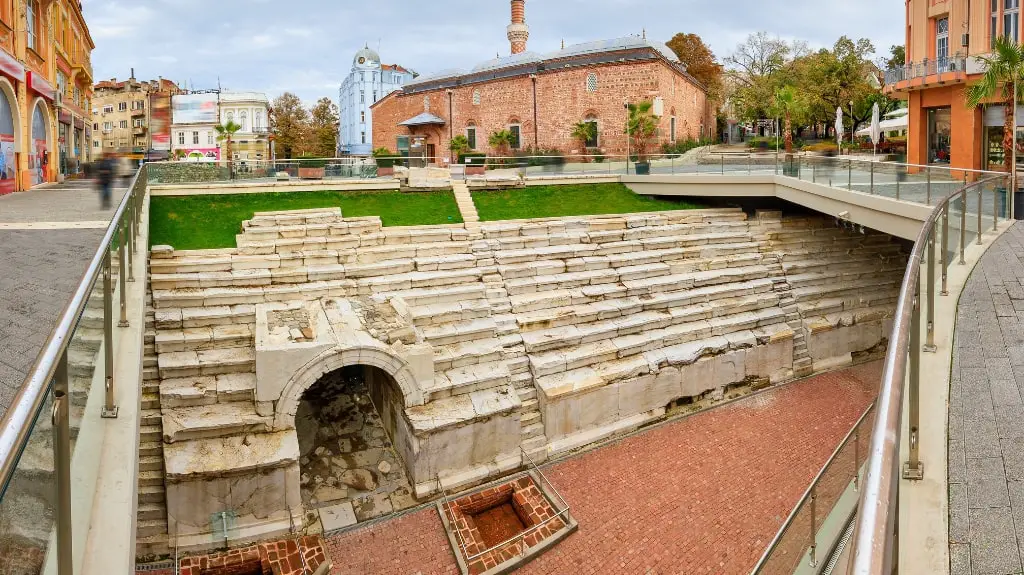
- Plovdiv was originally built on seven hills. For this reason, it’s known as The City of Seven Hills. The most famous one is Nebet Tepe. It’s steeped in history and mythology, and reveals staggering views of the city below. Here are all seven hills of Plovdiv:
- Nebet Tepe
- Dzhambaz Tepe
- Danov’s Hill (aka Sahat Tepe)
- Bunardzhik Hill (aka Alyosha Hill)
- The Youth Hill (Dzhendem Tepe)
- Markovo Tepe
- Taxim Tepe
- Plovdiv has changed its name many times. Each change represents a chapter in Plovdiv’s long history. From its origins as Eumolpias in ancient Thrace to its time as Philippopolis under Roman rule, the city evolved a lot over the centuries. The name Plovdiv was first used in the 11th century. During the Ottoman Empire’s rule, the city became Filibe and was renamed Plovdiv after the Liberation of Bulgaria at the end of the 19th century. These are some of Plovdiv’s names throughout history:
- Kendrissos
- Evmolpias
- Philippopolis
- Pulpudeva
- Trimontsium
- Ulpia
- Flavia Julia
- Plapdiv
- Puldin Ploudin
- Filibe
- An ancient Roman Stadium with 30,000 seats lies under the streets of Plovdiv. Remember the facts about Plovdiv and the Roman period I mentioned earlier? Philippopolis, as the Romans called the city, was an important settlement in the Roman Empire between the 1st and 4th century AD. For this reason, you can still find many Roman ruins, scattered around Plovdiv. One of them is the ancient Roman Stadium, which dates back to the 2nd century AD. The impressive arena is 250 m / 820 ft. long and 50 m / 160 ft. wide, and can accommodate 30,000 spectators.
The Most Peculiar Facts About Plovdiv
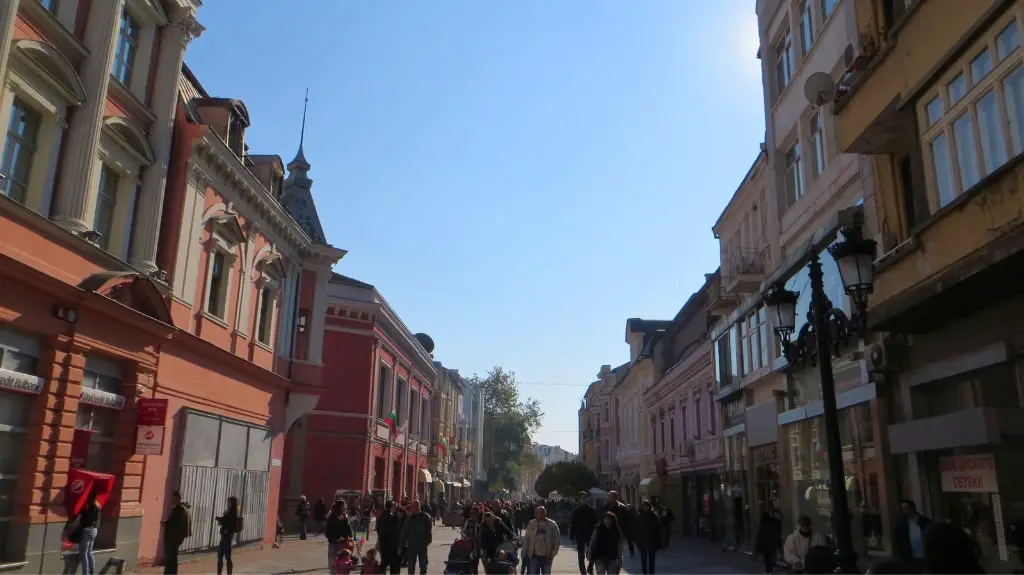
Modern Plovdiv is a vibrant place to explore and is one of the top reasons to visit Bulgaria. During my many trips to the city, I’ve managed to uncover some of its best-kept secrets. In this section, I’ll share with you the most peculiar facts about Plovdiv.
- Plovdiv is in the center of a major wine-producing region. The city is in the middle of the Thracian Valley, famous for its exceptional selection of wines. The region’s fertile soils and favorable climate led to a tradition of winemaking that dates back centuries. When you visit the city, don’t miss trying the delectable reds from the sorts Pamid, Mavrud, Cabernet Sauvignon, and Merlot.
- The trendy Kapana in Plovdiv is Bulgaria’s first creative district. The neighborhood was once a bustling center for traditional crafts and arts. Nowadays, you can explore countless art galleries, gift shops, and beautifully restored historic buildings. Kapana is a charming labyrinth of cobblestone streets, which hosts the yearly Kapana Fest. Visit it to discover local artists, performers, and iconic street decorations. The dynamic area also houses chic cafés, bars, restaurants, and boutiques. Sample local wines and traditional Bulgarian cuisine or go on a culinary journey with incredible gourmet creations.
- Plovdiv boasts Europe’s longest pedestrian street. The lively pedestrian Main Street stretches 1.8 km / 1.1 mi from the iconic Trimontium Hotel to Dzumaya Square and the ancient Roman Stadium. Stroll along the vibrant promenade and explore the charming shops, cafes, and restaurants. Soak in the eclectic sights and sounds of Plovdiv’s bustling city life. Don’t miss the funky urban art, the incredible Djumaya Mosque, and the ancient Roman Stadium.
- Plovdiv is home to an impressive sports infrastructure. The Bulgarian city houses the largest rowing canal in the Balkans. The channel is 2,200 m / 7,218 ft. long, 120 m / 394 ft. wide, and 3 m / 10 ft. deep. It hosts numerous prestigious national and international races every year. Plovdiv also boasts the Bulgaria’s largest stadium. The state-of-the-art arena hosts thrilling sporting events. The multi-purpose venue can seat 55,000 people.
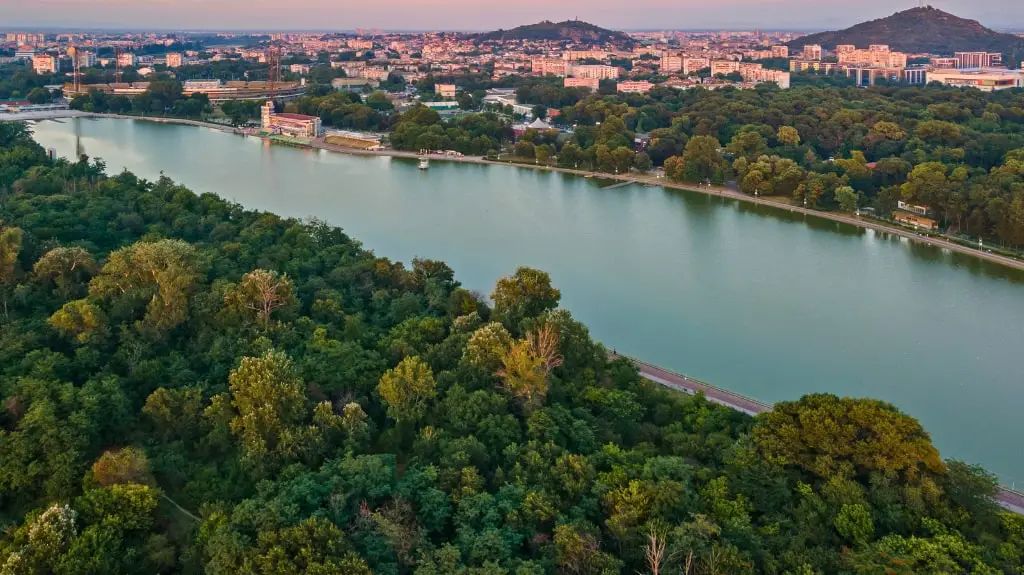
- Plovdiv preserves one of Europe’s oldest functioning clock towers. The historic building on Sahat Tepe dates back to 1623. This makes it one of the oldest clock towers in the world. Interestingly, it’s almost 2.5 centuries older than Big Ben in London. That’s one crazy Plovdiv fact. The clock’s present design is from 1812 and its clock is from 1883. The mechanism for the 17.5 m / 57.4 ft. high tower was built in Vienna.
- Plovdiv is the birthplace of several sports legends. From Olympians to world champions, the city has nurtured talent across many disciplines. These are the biggest sports icons, who were born or started their extraordinary careers in Plovdiv:
- Naim Süleymanoğlu: Three-time Olympic gold medalist in weightlifting.
- Yordan Yovchev: Six-time Olympic medalist in gymnastics.
- Serafim Todorov: Olympic silver medalist in boxing.
- Stefka Kostadinova: Olympic gold medalist in high jump and world record holder.
- Valentin Yordanov: Olympic gold medalist in freestyle wrestling.
- Tereza Marinova: Olympic medalist in triple jump.
- Hristo Stoichkov: Led Bulgaria to fourth place in the 1994 FIFA World Cup and won the European Golden Shoe in 1990.
- One of the seven hills of Plovdiv was destroyed. Although Plovdiv was originally built on seven hills, only six remain today. Taxim Tepe was partially destroyed in the 20th century. It was leveled to make way for urban development. The destruction happened during the modernization efforts of the city in the mid-20th century. Although the transformation altered the city’s landscape, it symbolizes Plovdiv’s evolution and adaptation to the modern needs of its population.
- Plovdiv is very affordable to visit. Despite its rich history and cultural significance, Plovdiv remains one of the cheapest cities in Europe. The Bulgarian city offers accessible travel experiences for all types of travelers. Whether you’re looking to explore ancient ruins, savor culinary delights, or immerse yourself in a vibrant cultural scene, Plovdiv offers a ton of memorable moments without breaking the bank. From budget-friendly accommodations to affordable dining options, the city welcomes travelers with open arms.
Fun Facts About Plovdiv, the Cultural Capital of Bulgaria
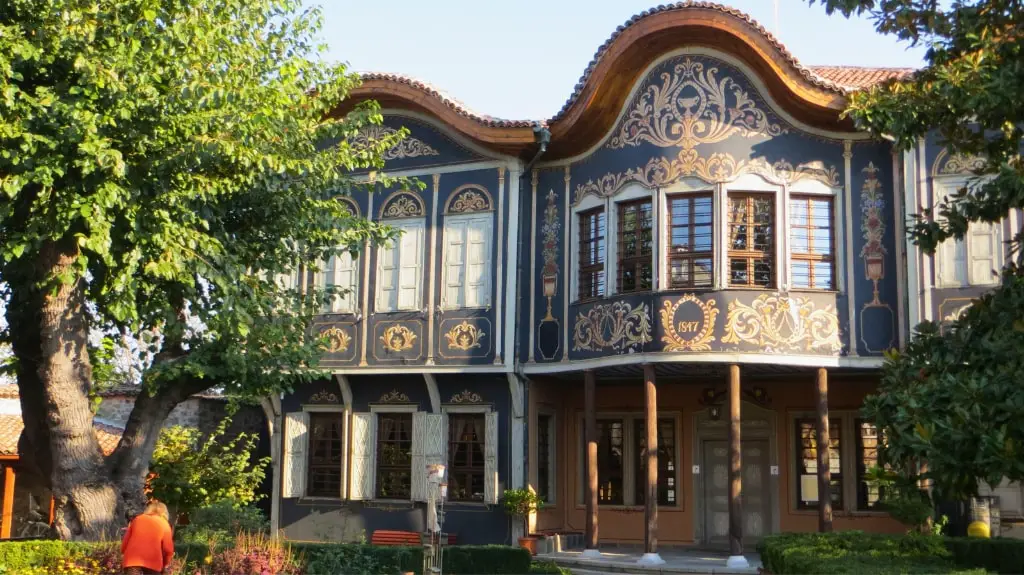
Dubbed as the Cultural Capital of Bulgaria, Plovdiv sure lives up to its title. So, it’s no surprise that this section with facts about Plovdiv’s cultural scene is actually the longest in the article. Let’s explore these amazing Plovdiv facts.
- Plovdiv was designated the European Capital of Culture in 2019. The prestigious title celebrates the city’s rich history, vibrant cultural scene, and dynamic contemporary arts community. During the celebrations, Plovdiv hosted diverse cultural events, artistic performances, and community initiatives. As the European Capital of Culture, the city fostered cultural exchange and dialogue and built connections and collaborations that continue to enrich its cultural landscape.
- Plovdiv prides itself on its tolerant and diverse community. The city is very inclusive, which fosters a sense of belonging and encourages cultural exchange. This contributes greatly to Plovdiv’s vibrant atmosphere. Throughout the year, the city hosts many festivals and events that celebrate its rich heritage and traditions. Next to religious and ethnic tolerance, Plovdiv is also known for its welcoming LGBTQ+ community.
- Plovdiv is a popular filming location. The city’s picturesque scenery and architectural charm have made it a favorite decor for movies and television shows. The city’s well-preserved Old Town, ancient ruins, and scenic landscapes have been featured in numerous screen adaptations. This has brought international attention to Plovdiv’s beauty and cultural heritage.
- The Plovdiv International Fair is one of the oldest and largest trade fairs in Southeast Europe. It showcases the region’s economic significance. Every year, the fair attracts exhibitors and visitors from around the world. It offers opportunities for business networking, trade negotiations, and cultural exchange. With its long history and reputation for excellence, the Plovdiv International Fair plays a vital role in the city’s economy.
- Plovdiv’s vibrant street art scene adds a funky flair to the city’s urban landscape. You can find a ton of colorful murals, graffiti, and street installations in the city. They manage to transform ordinary streets into outdoor art galleries. This creative expression reflects the dynamic and progressive spirit of Plovdiv and its residents. My advice? Embark on self-guided walking tours to discover the best street art and gain insight into Plovdiv’s contemporary culture.
- Plovdiv boasts a rich literary history. Many Bulgarian renowned writers and poets have called the city home. So, no wonder that Ivan Vazov National Library in Plovdiv is one of the oldest and largest libraries in Bulgaria. It houses a vast collection of books, manuscripts, and historical documents. Additionally, various events celebrate the city’s literary legacy every year. Book fairs, poetry readings, and author lectures highlight Plovdiv’s importance in the literary world.
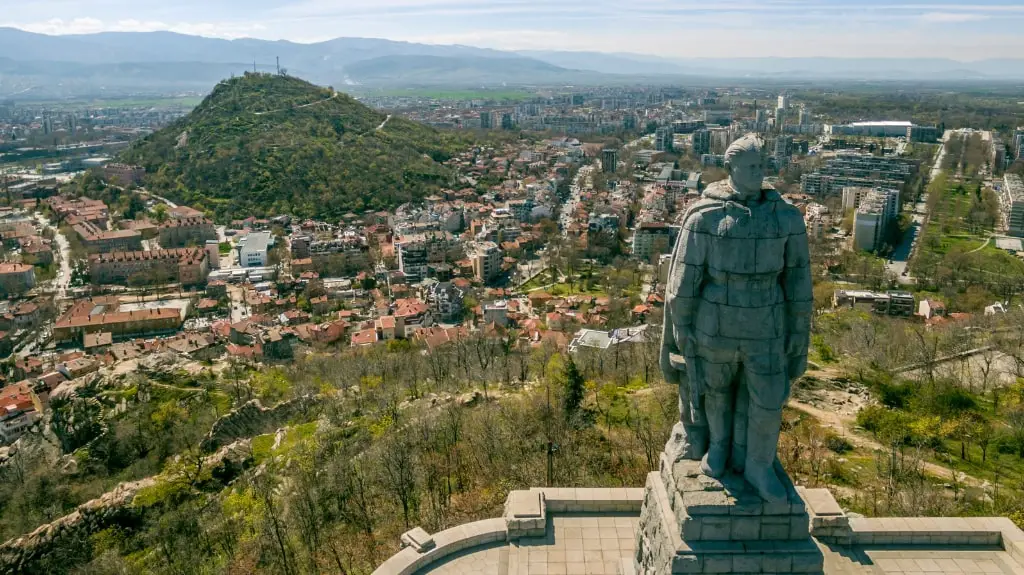
- Plovdiv’s antique market is a treasure trove. Located in the heart of the city, the market offers a diverse selection of antiques. They include furniture, artwork, jewelry, and collectibles. You can browse the stalls filled with vintage items and rare artifacts, each with its own story to tell. No matter if you’re a seasoned collector or just looking for souvenirs, Plovdiv’s antique market offers an unforgettable shopping experience.
- Plovdiv’s mild climate makes it a year-round travel destination. The mild winters and hot summers allow you to enjoy outdoor activities in every season. Regardless if you want to go hiking in the nearby Rhodope Mountains or explore the city’s parks and gardens, Plovdiv’s weather will be suitable. The pleasant temperatures also create an inviting atmosphere for outdoor dining and leisurely strolls through Plovdiv’s historic streets.
- Plovdiv is a festival city. Its vivid and colorful folklore tradition is deeply rooted in the region’s history. The culture calendar explodes with all kinds of events. Throughout the year, the city hosts diverse festivals that celebrate its rich cultural heritage. The festivities feature traditional music, dance, costumes, and rituals. From lively street parades to colorful folk performances, don’t miss to attend at least one or two of these colorful events.
- Plovdiv is the birthplace of many influential painters. The most famous one is Zlatyu Boyadzhiev. He is best known for his colorful and expressive paintings depicting rural life in Bulgaria. His work is celebrated for its emotional depth, capturing the essence of Bulgarian identity. You can visit the Zlatyu Boyadzhiev Permanent Exhibition in Plovdiv’s Old Town.
- Plovdiv’s musical heritage is equally impressive. The city has inspired generations of musicians and composers. Among its most notable natives is the composer Pancho Vladigerov. He is most famous for his compositions that blend elements of Bulgarian folk music with classical forms. Other prominent musical figures include Dobri Hristov, a pioneering composer known for his choral works, and Boris Hinchev, a distinguished conductor who led the Plovdiv Philharmonic Orchestra.
Which Facts About Plovdiv Surprised You the Most?
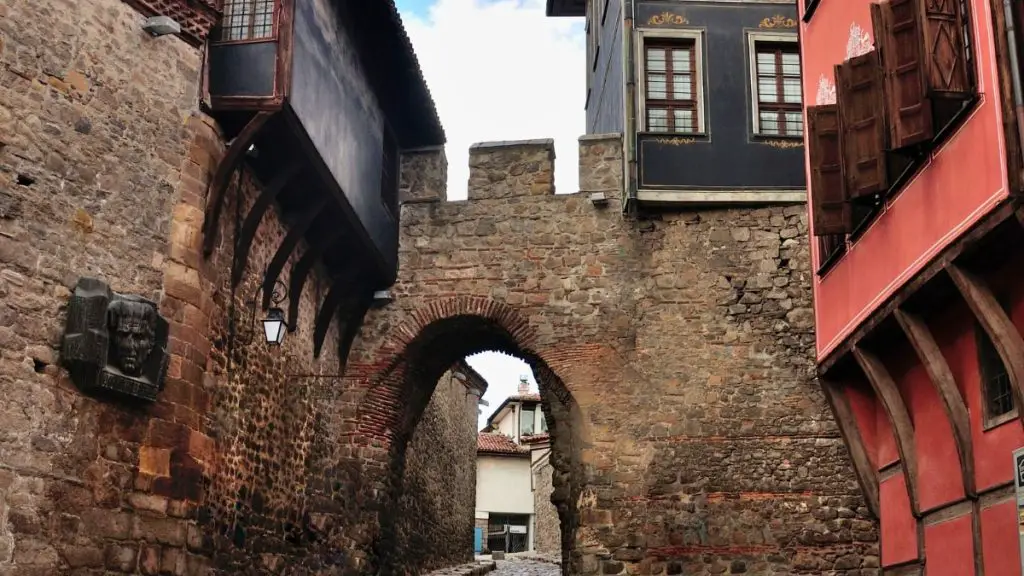
There you have it – 25 fun and interesting facts about Plovdiv.
The ancient Bulgarian city attracts with its historic ambiance, culinary delights, and culture.
Whether you’re visiting on a day trip from Sofia to Plovdiv or staying a bit longer, don’t miss the chance to explore this gem.
To best prepare for your trip, check out these facts about Bulgaria as well.
Now, I’m eager to know:
Which facts about Plovdiv, Bulgaria surprised you the most?
Let me know in the comments below.
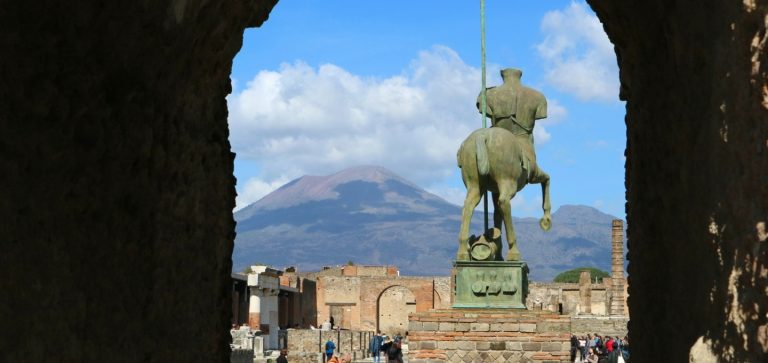
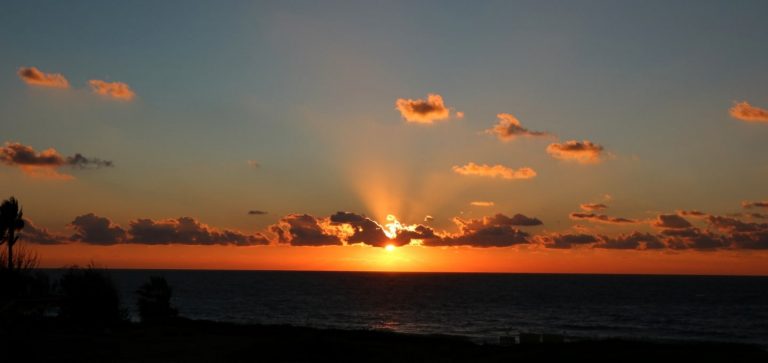
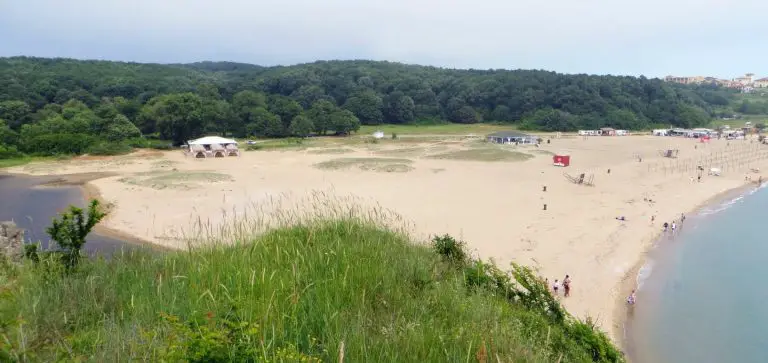
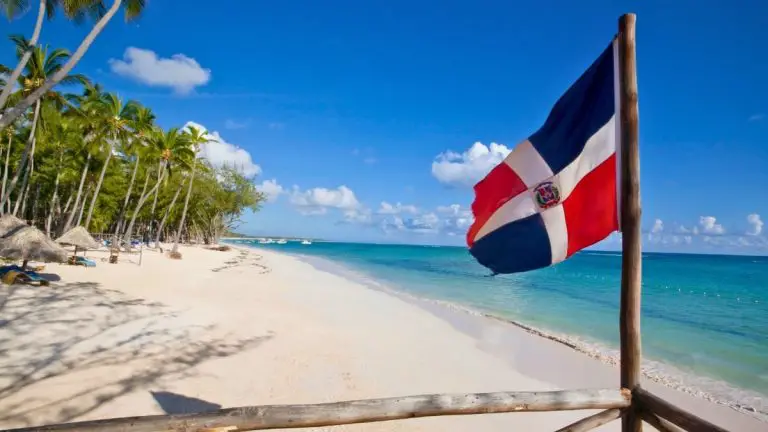
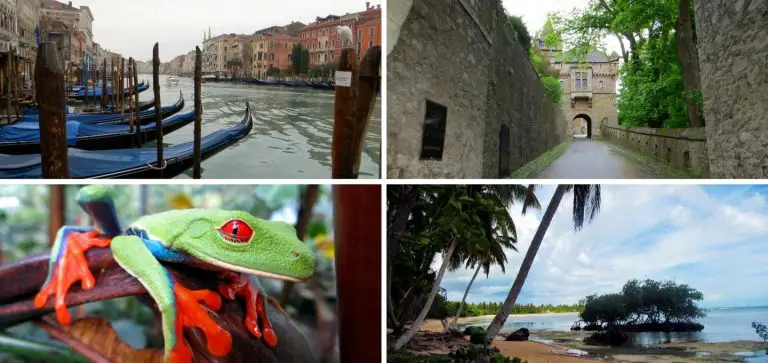
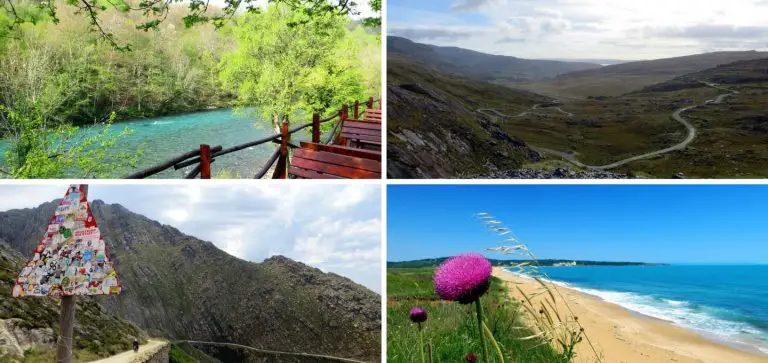
4 Comments